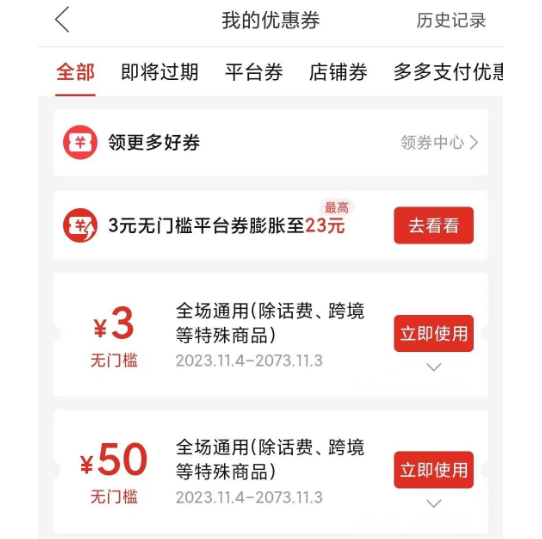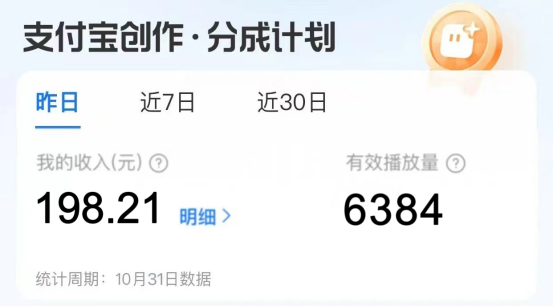如果你也是建站的朋友,可能会发现很多WordPress站长会在文章中为标签(tag)添加关键字并创建一个内部链接。这样做会对你的网站SEO优化有一定帮助,因为它会自动为第一个出现的标签(tag)关键字添加内部链接和文字描述。

有没有想过这些链接是怎么添加上去的?如果要靠人工一个个添加,那将非常费时费力。其实实现这个功能的方法很简单,一是使用插件,二是通过代码来实现。
之前我尝试过使用插件,但是效果并不好,而且很多插件都需要付费。所以,我决定不使用插件,而是通过编写代码来实现这个功能。
本着能不用插件就不用插件的策略,所以准备还是无插件实现。通过几天的研究在网上找了很多教程和代码。
比如比较有名的是这个:
//WordPress文字标签关键词自动内链
$match_num_from = 1; //一篇文章中同一个关键字少于多少不锚文本(这个直接填1就好了)
$match_num_to = 2; //一篇文章中同一个关键字最多出现多少次锚文本(建议不超过2次)
function tag_sort($a, $b){
if ( $a->name == $b->name ) return 0;
return ( strlen($a->name) > strlen($b->name) ) ? -1 : 1;
}
function tag_link($content){
global $match_num_from,$match_num_to;
$posttags = get_the_tags();
if ($posttags) {
usort($posttags, "tag_sort");
foreach($posttags as $tag) {
$link = get_tag_link($tag->term_id);
$keyword = $tag->name;
$cleankeyword = stripslashes($keyword);
$url = "";
$limit = rand($match_num_from,$match_num_to);
$content = preg_replace( '|(]+>)(.*)('.$ex_word.')(.*)<\/pre>(]*>)|U'.$case, '$1$2%&&&&&%$4$5', $content);
$content = preg_replace( '|()|U'.$case, '$1$2%&&&&&%$4$5', $content);
$cleankeyword = preg_quote($cleankeyword,'\'');
$regEx = '\'(?!((<.*?)|(]*?)>)|([^>]*?))\'s' . $case;
$content = preg_replace($regEx,$url,$content,$limit);
$content = str_replace( '%&&&&&%', stripslashes($ex_word), $content);
}
}
return $content;
}
add_filter('the_content','tag_link',1);但是经过测试,上面的代码可能会出现H2标题也一起出现TAG内链的情况,这并不完善。由于我对正则表达式不是很熟悉,所以一直在寻找解决方法。后来向ChatGPT求助,终于找到了修复后的代码。
需要吐槽的是,ChatGPT也不是那么靠谱,它给出的代码有时候是错误的。即使我反馈给它,它也会说自己弄错了,然后重新修正后再给我。经过几轮的来回沟通,我才得到了这个修复版的代码。这个代码在我的主题上测试是有效的,但是由于各位的主题或插件限制,可能会引起冲突。因此,建议在使用前先备份functions.php文件。
将以下修复后的代码添加到WordPress主题的functions.php文件中,即可实现WordPress文章自动添加TAG内链代码,并自动跳过H1到H4标题。
下面是修复后的代码:
//WordPress 自动为文章标签加TAG标签链接
/* 自动为文章内的标签添加内链开始 */
function tag_sort($a, $b){
if ( $a->name == $b->name ) return 0;
return ( strlen($a->name) > strlen($b->name) ) ? -1 : 1;
}
// 为符合条件的标签添加链接
function tag_link($content){
$posttags = get_the_tags();
$match_num_from = 1; // 一个标签在文章中出现少于多少次不添加链接
$match_num_to = 2; // 一篇文章中同一个标签添加几次链接
if ($posttags) {
usort($posttags, "tag_sort");
//var_dump($posttags);
foreach($posttags as $tag) {
$link = get_tag_link($tag->term_id);
$keyword = $tag->name;
//链接的代码
$cleankeyword = stripslashes($keyword);
$url = "<a href=\"$link\" title=\"".str_replace('%s',addcslashes($cleankeyword, '$'),__('【查看含有[%s]标签的文章】'))."\"";
$url .= ' target="_blank" ';
$url .= ">".addcslashes($cleankeyword, '$')."</a>";
$limit = rand($match_num_from,$match_num_to);
//不链接的代码
$pattern = "/<code.*?>(.*?)<\/code>/is"; // 匹配 <code> 标签
$content = preg_replace_callback(
$pattern,
static function($matches) use ($cleankeyword) {
return str_replace($cleankeyword, '%&&&&&%', $matches[0]);
},
$content
);
$title_pattern = "/<(h[1-6]).*?>(.*?)<\/\\1>/is";
$content = preg_replace_callback(
$title_pattern,
static function($matches) use ($cleankeyword) {
return str_replace($cleankeyword, '%&&&&&%', $matches[0]);
},
$content
);
//$content = preg_replace( '|(<a[^>]+>)(.*)('.$ex_word.')(.*)(</a[^>]*>)|U'.$case, '$1$2%&&&&&%$4$5', $content);
//$content = preg_replace( '|(<img)(.*?)('.$ex_word.')(.*?)(>)|U'.$case, '$1$2%&&&&&%$4$5', $content);
$cleankeyword = preg_quote($cleankeyword,'\'');
$regEx = '\'(?!((<.*?)|(<a.*?)))('. $cleankeyword . ')(?!(([^<>]*?)>)|([^>]*?</a>))\'s' . $case;
$content = preg_replace($regEx,$url,$content,$limit);
$content = str_replace( '%&&&&&%', stripslashes($cleankeyword), $content);
}
}
return $content;
}
add_filter('the_content','tag_link',1);
/* 自动为文章内的标签添加内链结束 */这个代码在之前的代码基础上做了修改,使用了一个新的正则表达式来跳过H1、H2、H3、H4标题添加TAG标签内链,同时也避免了在标题和链接中重复添加TAG标签内链。



























暂无评论内容